Is the practice of burning five per cent or more of public land every year finished? Not yet, but its days might be numbered.
The report on fuel management by the Inspector General for Emergency Management [IGEM] was released today. It can be found here. Its recommendation is cautious but clear:
‘IGEM recommends a risk reduction target as the most effective form of performance target for bushfire fuel management on public land to protect life and property and guide investments in fuel reduction burning.’
IGEM had consulted sundry experts on the matter, and accepted submissions from interested groups and individuals. In addition, it commissioned RMIT University to look at the subject. RMIT found that ‘compared to a hectare-based target, a policy that adopts a risk reduction target:
- is more effective at achieving the objectives of the Bushfire Fuel Management Program (including the primacy of life)
- provides the right kinds of incentives
- more easily allows adaptive management
- is more transparent, more efficient and more equitable.’
127 submissions were received by IGEM, from individuals and groups. Where these expressed a preference for a risk based or hectare based strategy, most favoured the former.
IGEM recognises that transition to a new policy isn’t going to be easy. One of the charms of the five percent target is that it’s relatively easy to implement: draw lines on the map, burn away. Risk reduction doesn’t have the ‘simplicity’ of a hectare target: for that reason, IGEM recognises that the Department of Environment might have a tough job selling the new practice to the public. For that reason, the Inspector General recommends a transition to the new system:The second recommendation of the report reads:
‘In the event that government adopts a risk reduction target:
- DELWP [Department of Environment, Land, Water and Planning] transitions to this target through a defined program of activities and milestones. Effective transitioning will require DELWP to enhance their capacity and capability to implement risk-based planning and needs to be supported by appropriate performance measures and dedicated monitoring, evaluation and review.
- Government supports DELWP in making this transition.’
The discreet message in this last recommendation is: give the Department the resources to do the job properly.
In the new system, the Department would still be required to report on the number of hectares burned.
Clarity is crucial in such a system: ‘sustained effort will be required to develop the relationships with communities and stakeholders that support mutual understanding of views and values, roles and responsibilities in relation to risk and preparedness.’ The IGEM’s fourth recommendation reads:
- ‘DELWP report clear, publicly accessible information on bushfire risk and ecosystem resilience, and report on the key activities required to achieve outcomes for the community in these areas.
- ‘DELWP’s transition to risk-based planning and performance measurement be supported by a program of internal and external reviews.’
The State Government will make a decision on the recommendations ‘later this year’.

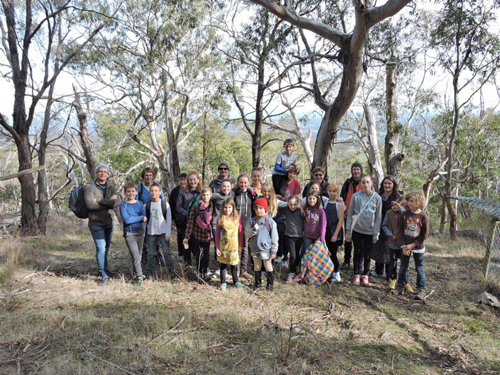
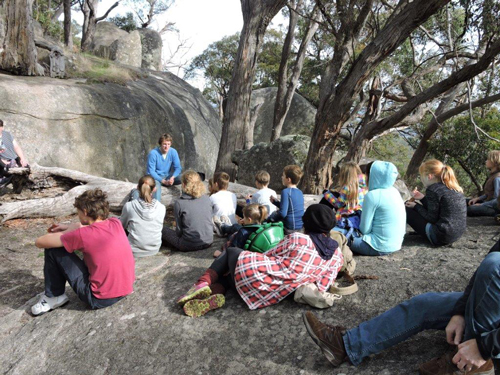

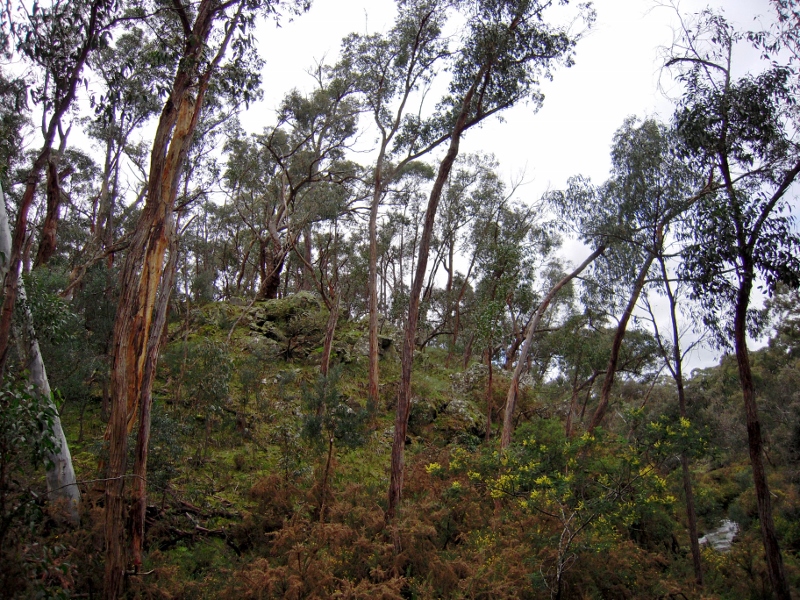
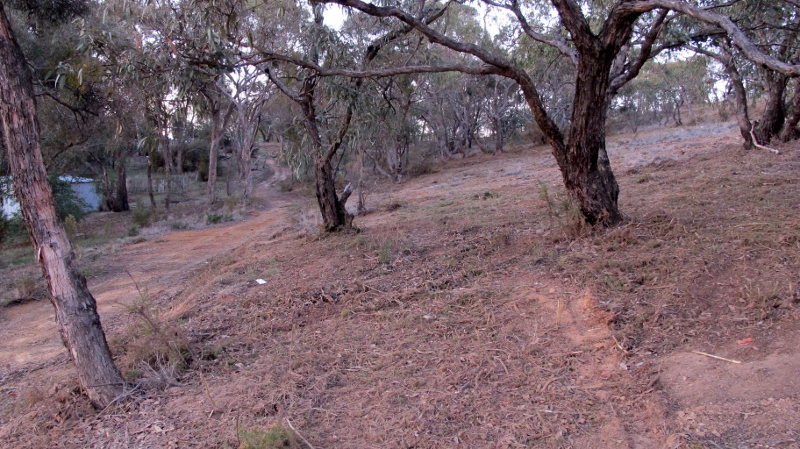
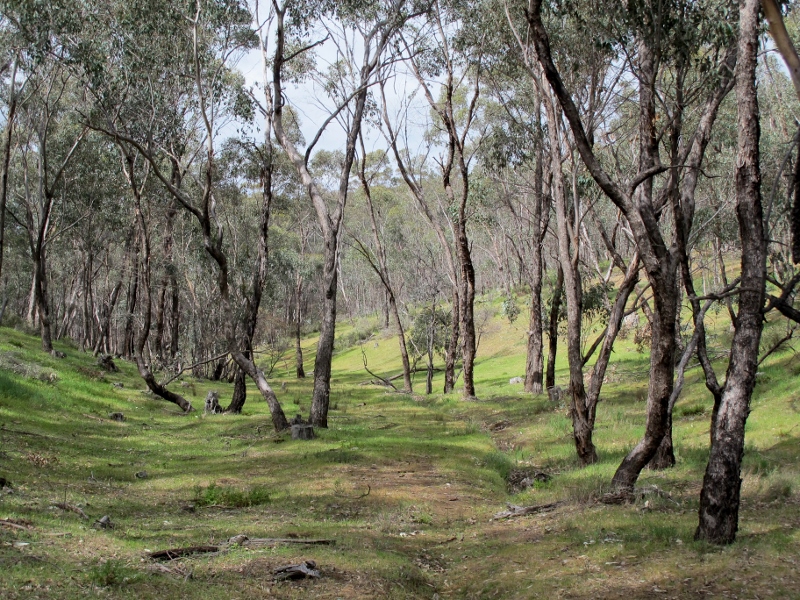
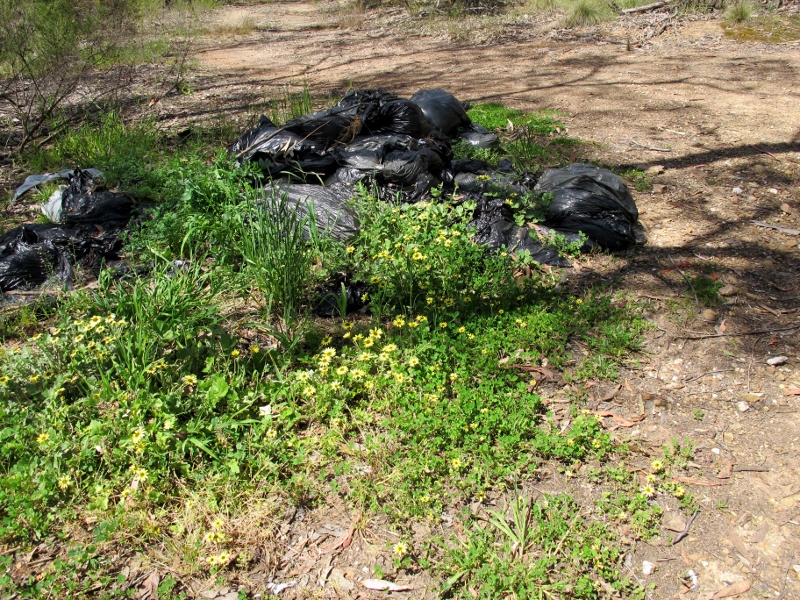



 Click on image for info/order page
Click on image for info/order page Click on image for info/order page
Click on image for info/order page Click on image for info/order page
Click on image for info/order page




















